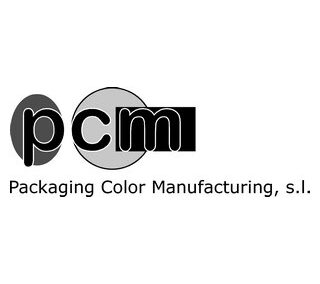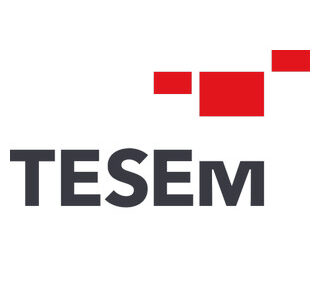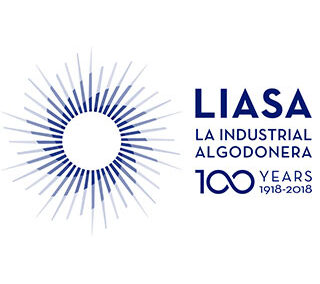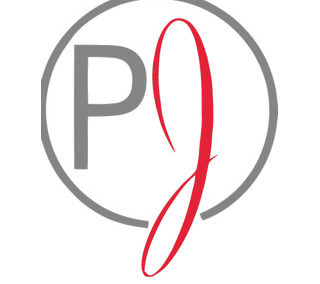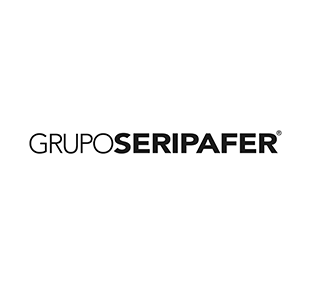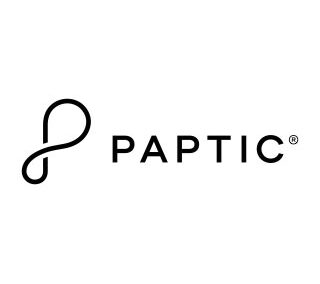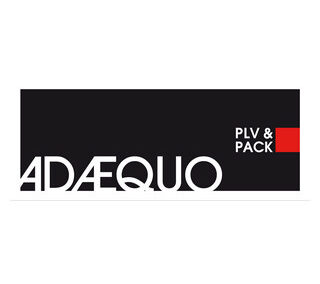Jose María Ferrer Villar, Head of the Department of Food Law at AINIA.
From today, April 1, the Regulation 775 / 2018 which regulates the food origin labeling in the EU. This new regulation will entail making a series of changes in the current food labeling, to avoid misleading information or that may mislead consumers.
In this regard, Jose Maria Ferrer, responsible for food law of AINIA, declares: «The indication of the origin of the primary ingredients is a key element for consumers to access clearer information about the food they buy, and it is also an opportunity for food operators to value their food, not it is only a legal obligation ”.
José María Ferrer highlights five key aspects of the new Regulation:
1.The country of origin obligatory when its omission may mislead the consumer about the true origin of the food.
2.The obligation arises when the country of origin or place of provenance is mentioned on the product labeling, and is not the same as its primary ingredient.
3. Usual and generic names that include geographical terms that literally indicate an origin, but which are generally not interpreted as an indication of the origin or place of origin of the food (for example: "Russian salad", "Dijon mustard", "Madrid stew" etc.), they do not generate the legal requirement (article 26.3 of the Regulation 1169/2011).
4.Name and address of the company. When the address (including the country) is provided, it does not constitute an indication of the country of origin or the place of provenance of the food, so it does not activate the legal requirement per se. However, as the European Commission indicates, we must bear in mind in these cases that statements such as "produced by / manufactured by" could be interpreted differently by the consumer. It is necessary that we take into account all the information of the product when evaluating the indication of origin.
5.Identification marks accompanying the food are not considered an indication of the country of origin or place of provenance.
For José María Ferrer, “the indication of the origin of the primary ingredients is a key element for consumers to access clearer information about the food they buy and it is also an opportunity for food operators to value their food, it is not only a legal obligation "
Information required by Regulation 775/2018
Depending on the origin of the ingredient to be referenced, the regulation offers several options through the use of one of these three indications: "EU", "outside the EU" and "EU and outside the EU".
Reference may also be made to a region or other geographical area located in several member states or in third countries, FAO fishing zone, or maritime zone or body of fresh water; whether they are defined as such under international law or are easily understood by consumers.
However, as José Mª Ferrer explains: “It is possible to apply some flexibility to provide additional information on the origin of the ingredients. Provided that the information provided is not misleading or confusing, what is indicated in Regulation 775/2018 can be supplemented or clarified. An example can be seen in the communication from the committee regarding the application of the provisions of article 26, paragraph 3, of Regulation (EU) No. 1169/2011 (OJ 31-01-2020) when it indicates that an indication of the type: EU and outside the EU (Switzerland) or EU (Spain) and outside the EU (Switzerland). In this case, food business operators could include 'Switzerland' as additional voluntary information to supplement the mention 'outside the EU'.







